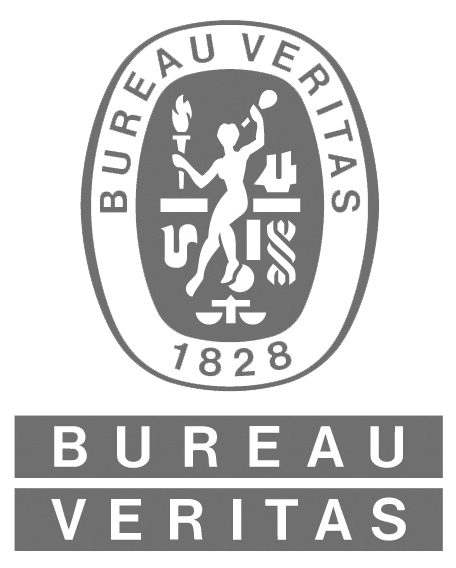Providing relevant, accurate equipment and sample information to your testing laboratory is crucial to receiving quality, in-depth oil analysis, meaningful data interpretation and actionable maintenance recommendations. Yet a lack of information in general is one of the most common reasons oil analysis programs fail.
Defining and clearly communicating program goals and developing a well-constructed plan for achieving them dramatically increases the value of any fluid analysis program. Here are seven steps for establishing an effective – and successful – testing program.
STEP 1 – Determine oil analysis program goals.
Clearly establish what it is you intend to accomplish with oil analysis. Whether you are trying to extend drain intervals, reduce contamination or simply maintain overall equipment health, be sure everyone involved in the program understands why you are testing and what it takes to meet the program’s objectives.
STEP 2 – Carefully consider your best choice for an oil analysis provider.
Your oil analysis laboratory must be equipped to help you achieve the primary goals and objectives of your testing program. The laboratories you consider should:
- Be well-established, well-equipped and staffed with well-trained, experienced technicians and data analysts that can be available to address your questions
- Meet the requirements of ISO 17025 – the quality standard for testing and calibration laboratories
- Provide 24-hour turnaround time for routine test results
- Provide test reports with clear, actionable maintenance recommendations
- Offer a full range of data management tools for sample submission, printing labels, report retrieval, equipment management, trend graphing and results communication
STEP 3 – Build a strong program foundation before testing begins.
Laying the proper groundwork dramatically increases the value – and the success – of an oil analysis program. Prioritize equipment to test by first assessing its criticality to production.
- Identify all units to be tested
- Select test packages appropriate to the applications being tested
- Determine sampling points and sampling intervals
- Identify and train dedicated program personnel on how to take representative samples and the importance of providing the laboratory with all relevant equipment AND sample information
STEP 4 – Establish consistent oil analysis baseline information.
Initial equipment registration is easily accomplished by furnishing the laboratory with a consolidated equipment list based on a thorough survey of the machines and systems you intend to sample or by completing an individual registration form the first time each unit is sampled. The following sample information and operating data should always be provided:
- Unit identification (serial number or company ID)
- Unit make, model & manufacturer
- Component identification
- Time since new or last overhaul
- Time since oil was changed
- Oil type
- Oil consumption or make-up oil (oil added)
- Sump capacity
STEP 5 – Understand the laboratory’s data interpretation and maintenance recommendations.
Sample severity assessments are relative and are assigned using both trend analysis and condemning limits. In the trend analysis of wear elements, threshold values are developed to identify the boundary areas between normal and abnormal results.
For wear metals, these threshold values vary for different types of components, but are usually specific and consistent for each individual model of a given application. The values do not provide sharp lines of “normal/abnormal” interpretations. Instead, they indicate ranges of increased likelihood that a problem has developed to a particular point.
- Ask for clarification of the test results or data analysis if you don’t understand them
- Familiarize yourself with the laboratory’s severity levels so that you know which units you can continue to monitor and which units need immediate maintenance attention
- Establish alarm limits specific to your equipment needs, if necessary
- Act on maintenance recommendations in a timely manner
STEP 6 – Provide the laboratory with feedback.
The accuracy of interpretation guidelines is verified by comparing the laboratory’s maintenance recommendations with actual conditions confirmed by inspection and data interpretations are continually refined by practical experience. Client feedback can be noted on the sample information form or recorded in the laboratory’s data management system. The following information is helpful:
- Abnormal lubricant or component conditions that you suspect are present
- The findings of any inspection performed as a result of oil analysis program recommendations
- The discovery of abnormal machine conditions that were not previously indicated by oil analysis
- Notification of servicing and/or maintenance performed
- Information concerning operating environment or equipment application changes
STEP 7 – Measure program cost effectiveness.
Routine oil analysis can achieve substantial savings in maintenance and repair costs by detecting small problems before they develop into serious or catastrophic maintenance events. Many of the economic savings from oil analysis can be calculated by comparing:
- Parts and labor expenses for component repair, overhaul or replacement
- Losses in revenue during downtime
- Reductions in consumable items, such as lubricants or fuels
- Increases in productivity levels
Any piece of equipment that has a lubricating system is a potential candidate for oil analysis. Effective testing and analysis can result in a tremendous savings in lubricant, equipment and overall maintenance program management – if proper steps are taken to build a strong foundation for success.
Authored by Shelly Guerra

